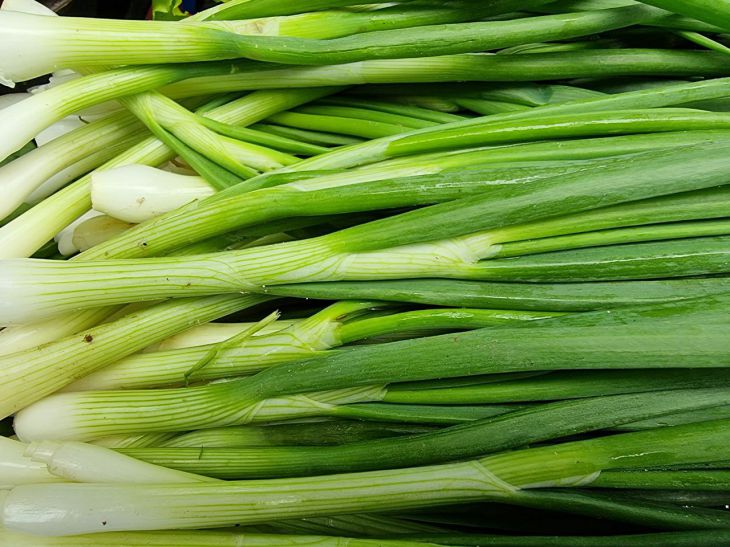Why Leeks Don't Grow: Growing Features You Need to Know
Leeks are not often found in garden plots. And this is a big omission on the part of summer residents.
The seeds of this crop can be easily purchased, and growing it is not that difficult, although you will have to tinker a little.
It is a very valuable food crop. For example, in America, leeks are the third most popular onion crop, second only to onions and garlic.
But sometimes it happens that attempts to grow this crop are not successful. In this case, you should pay attention to the features of agricultural technology.
What to look out for
Growing leeks is not much different from growing onions from seeds. However, there are some minor differences.

Preparing the garden bed
Leeks need well-fertilized soil. It is best to prepare the bed in the fall by adding a bucket of compost and 250 g of ash per 1 sq. m of area. If there is no compost and ash, you can add any potassium-phosphorus fertilizer, observing the dosage specified by the manufacturer.
Selecting a variety
Varieties are early, mid-late and late. Try different options and find the one that suits you best. Late varieties may not have time to grow, especially if you are late with sowing seedlings. Some varieties take up to 170 days to ripen.
Sowing seedlings
Leeks are grown from seeds. Even early varieties are recommended to be sown for seedlings, but this can be done a couple of weeks later.
The guidelines are as follows:
- Seedlings are planted in the ground at the age of 35–40 days.
- You can plant it in the ground at the end of April. The plant is cold-resistant and can even withstand light frosts. But if the spring is too cold, you should wait with the transplant.
- You can plant in a greenhouse or under spunbond a couple of weeks earlier. This is a good option for late varieties.
- Leeks take about 2 weeks to germinate, so add another 14 days to your calculations to get an idea of when to sow.
- The growing season is usually indicated on the packaging. This is the period from germination to harvest. Leeks are harvested at the end of October. Count back the period indicated on the packaging and another 2 weeks that will be needed for germination to get the approximate sowing time. Important: sometimes the time from sowing to harvest may be indicated on the packaging.
Seedlings are grown like any other. The soil should be light, young plants should not be overwatered, it is recommended to germinate at a temperature of about 20 degrees. Leaves in the seedling period can be cut as needed by 1/3 if they are too elongated or fall to the side. Picking is not advisable, so it is best to sow in deep containers (height 10 cm). The distance between rows is 3-4 cm, between plants in a row - 2 cm.
Growing in open ground is no different from growing onions. The only difference is that leeks need to be hilled to whiten the stems, which are used for food.
